- Category
- Latest news
11 Years Later, This Russian Warship Is Still Docked—and Still Missing Its Missiles
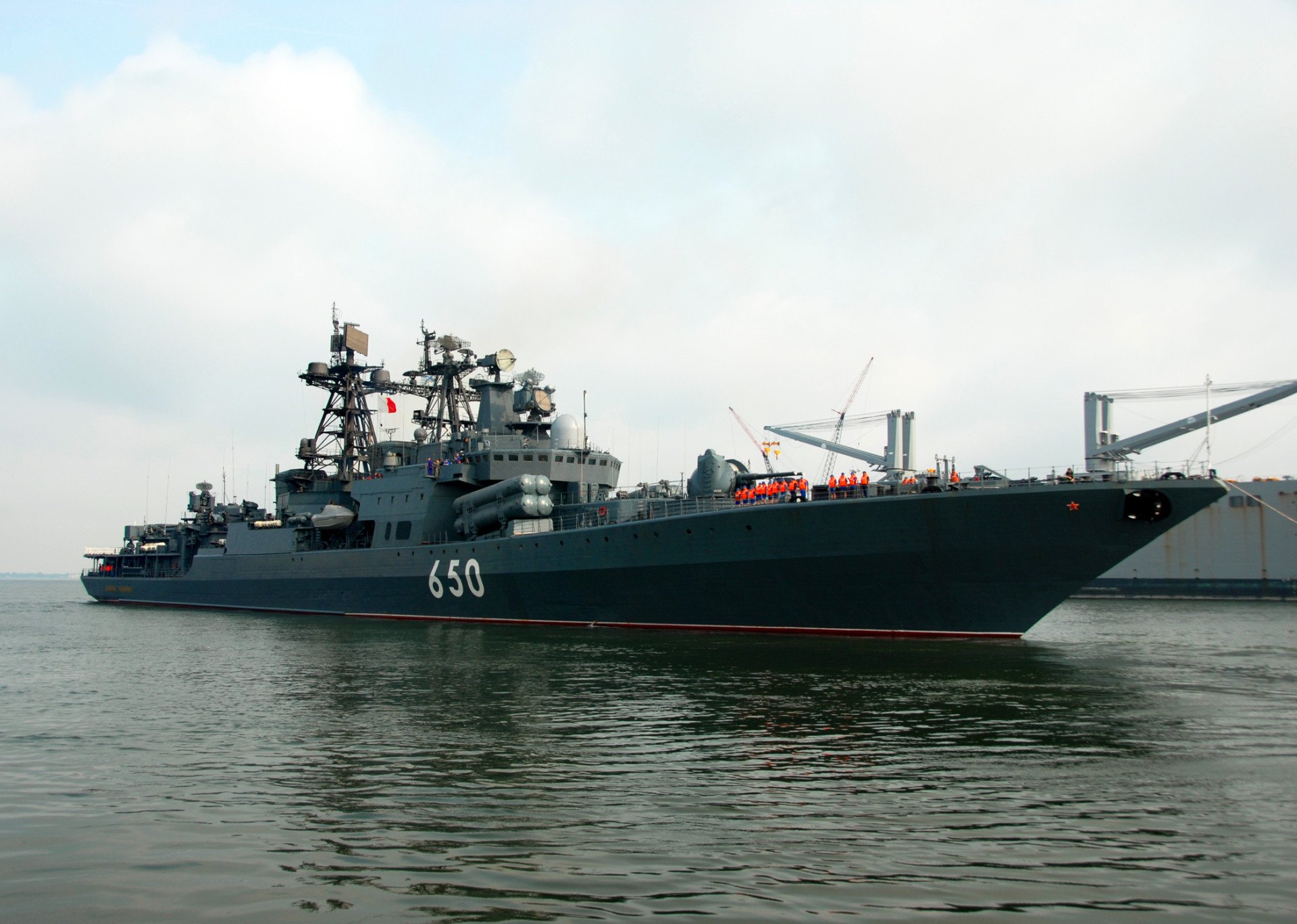
Russia is once again facing delays in its naval modernization efforts—this time with a warship intended to carry some of its most advanced missile systems.
The Admiral Chabanenko, a Project 1155.1 Udaloy-class large anti-submarine ship, has now spent over 11 years undergoing what was meant to be a mid-life upgrade, Ukrainian defense outlet Defense Express reported on May 19.
Despite plans for the vessel to rejoin active service by 2025, newly released photos suggest it hasn’t even completed basic repair work—and appears to be completely unarmed.
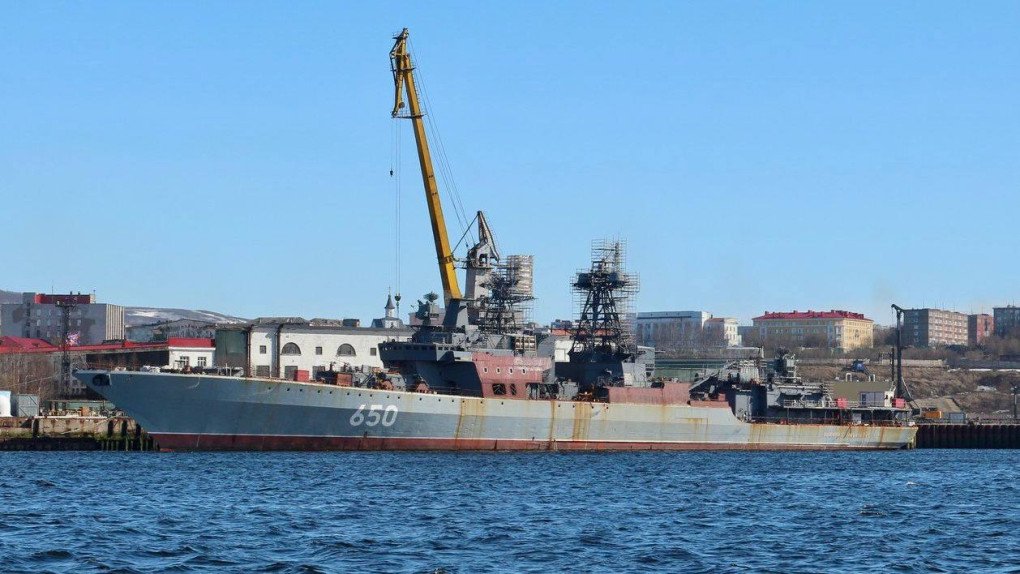
This latest delay underscores a broader pattern of dysfunction in Russia’s surface fleet modernization. The Admiral Kuznetsov aircraft carrier has been docked for repairs since 2017 with no clear timeline for return.
The Admiral Nakhimov, a nuclear-powered Kirov-class battlecruiser, has been under overhaul since 1997, with over $5 billion reportedly spent on its incomplete refit.
In addition, a recently released satellite image from March 11, 2025, revealed the current state of Russia’s nuclear-powered battlecruiser Pyotr Velikiy (Project 1144 “Orlan”), which remains moored at the naval base in Severomorsk.
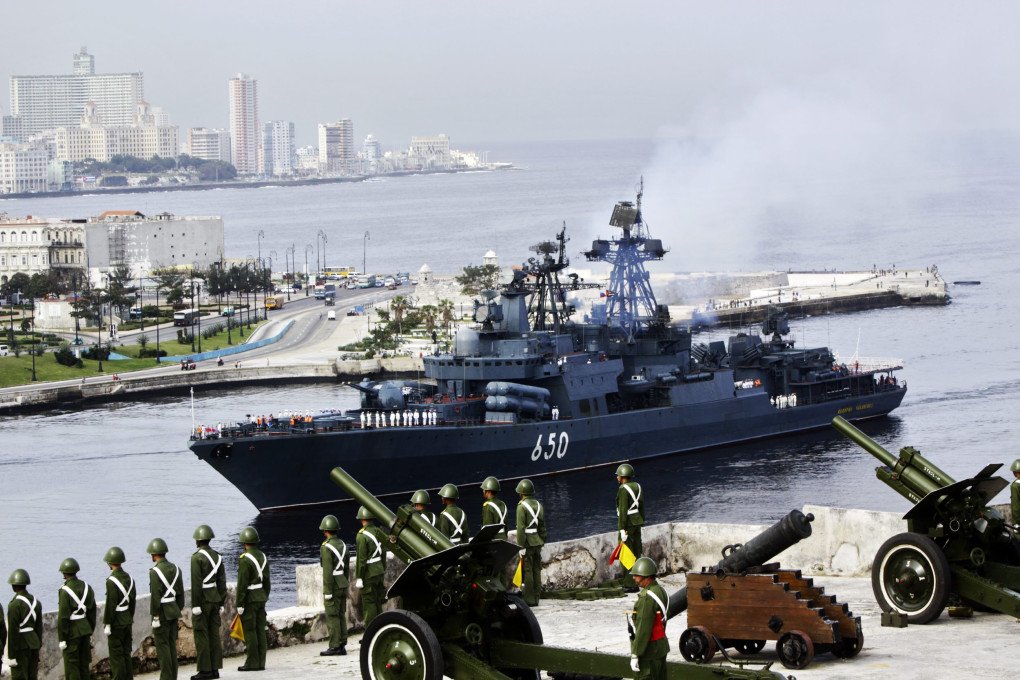
In the case of the Chabanenko, the vessel was formally taken in for a mid-life refit in 2014 and was later slated for an upgrade to enhance its strike capabilities.
Before its overhaul, the ship was equipped with eight P-270 Moskit anti-ship missiles. The modernization plan envisioned replacing these with four launchers for a total of 16 Kh-35 anti-ship missiles, along with a universal vertical launch system capable of carrying 16 Kalibr or Zircon missiles.
The aim was to elevate the ship’s classification to that of a guided missile frigate and return it to the Northern Fleet in 2025.
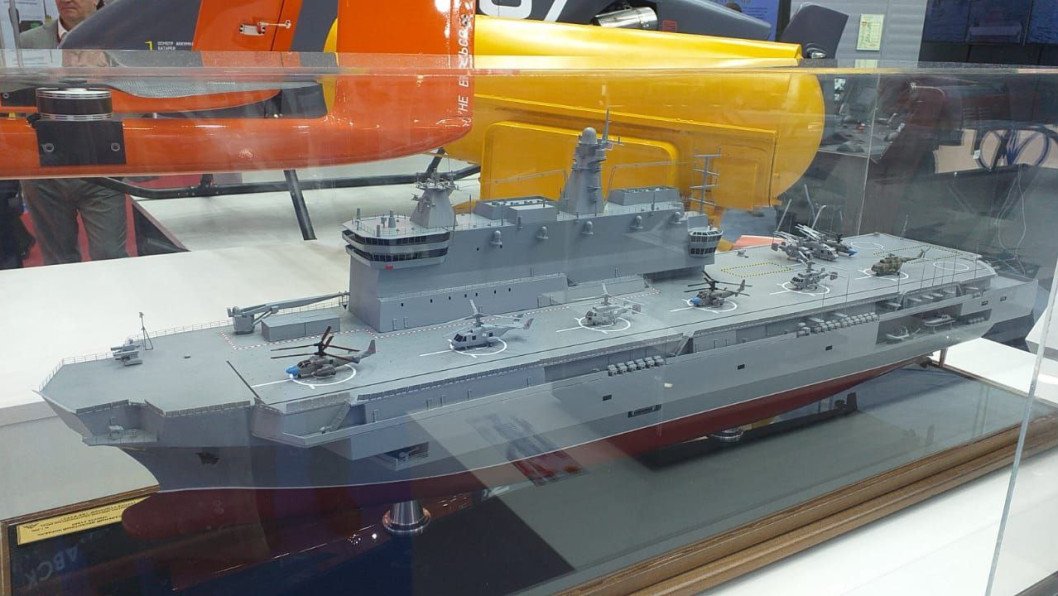
But recent imagery shows the vessel still sitting idle, incomplete, and without any visible weapons systems—casting serious doubt on that timeline.
It’s unclear how the Russian naval command plans to respond to the delays. However, the situation reflects deep structural issues in Russia’s naval-industrial complex, especially under the pressure of ongoing full-scale war against Ukraine and intensifying military demands.
Before entering long-term repairs, Admiral Chabanenko had a full displacement of 8,320 tons, a hull length of 163.5 meters, and a beam of 19 meters.
The ship was launched in December 1992 and commissioned in 1999, serving for 15 years before being sidelined for what has now become an 11-year repair.
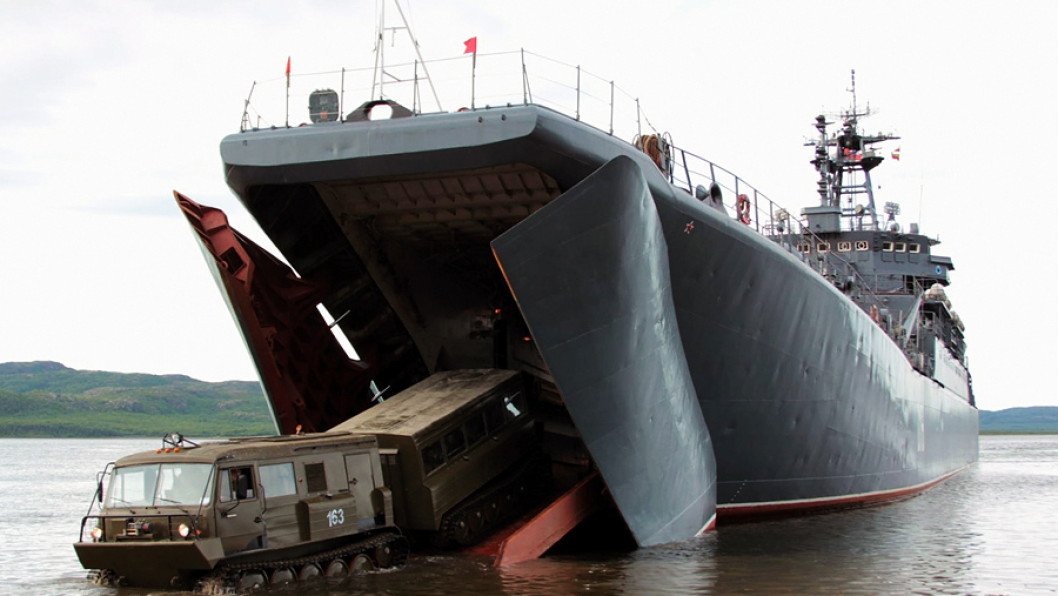
Earlier, reports emerged that Russia’s Baltic Fleet conducted a series of naval exercises involving 11 vessels between April 16 and April 23, following recent European efforts to disrupt the country’s shadow oil trade.
While the maneuvers do not appear to be a direct military response, the timing and scale suggest a calculated display of force.
The drills were carried out in three phases and involved a range of surface combatants, including three Project 20380 corvettes (Boykiy, Steregushchiy, and Soobrazitelnyy), one Buyan-M-class corvette armed with Kalibr missiles, four anti-submarine corvettes, four mine countermeasure vessels, one missile boat, and one diesel-electric submarine.
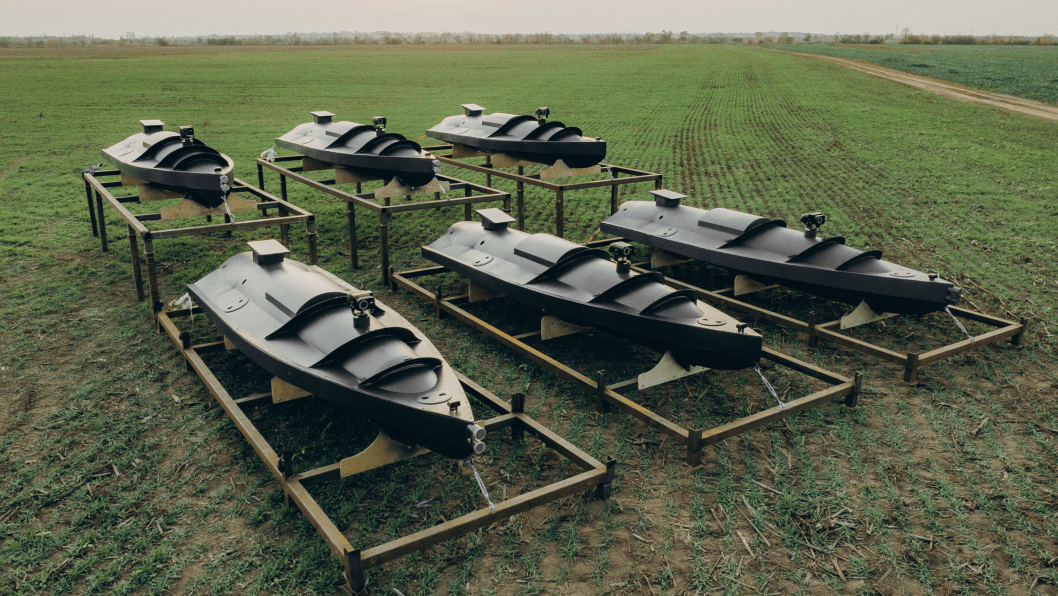

-ce9a134791207c81306f56ab3d75ffb6.jpg)
-72b63a4e0c8c475ad81fe3eed3f63729.jpeg)
-45ed3be17a7bb74903649ed9258196f8.jpg)

